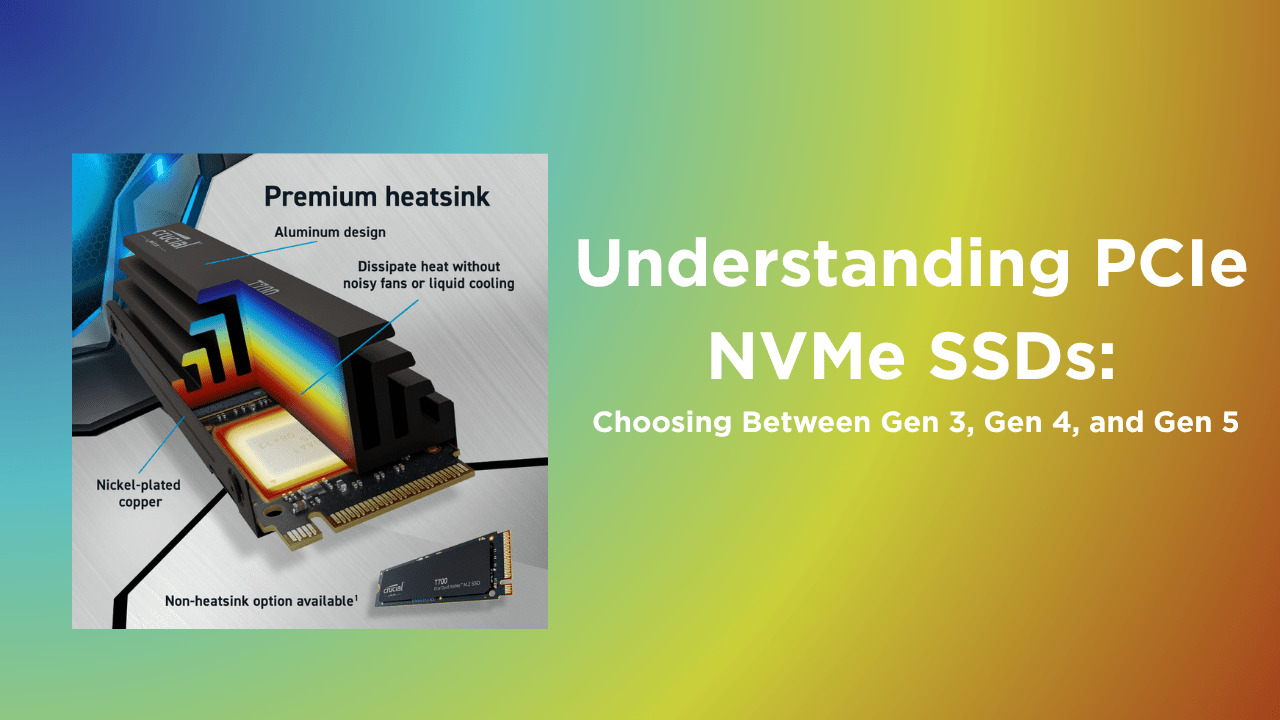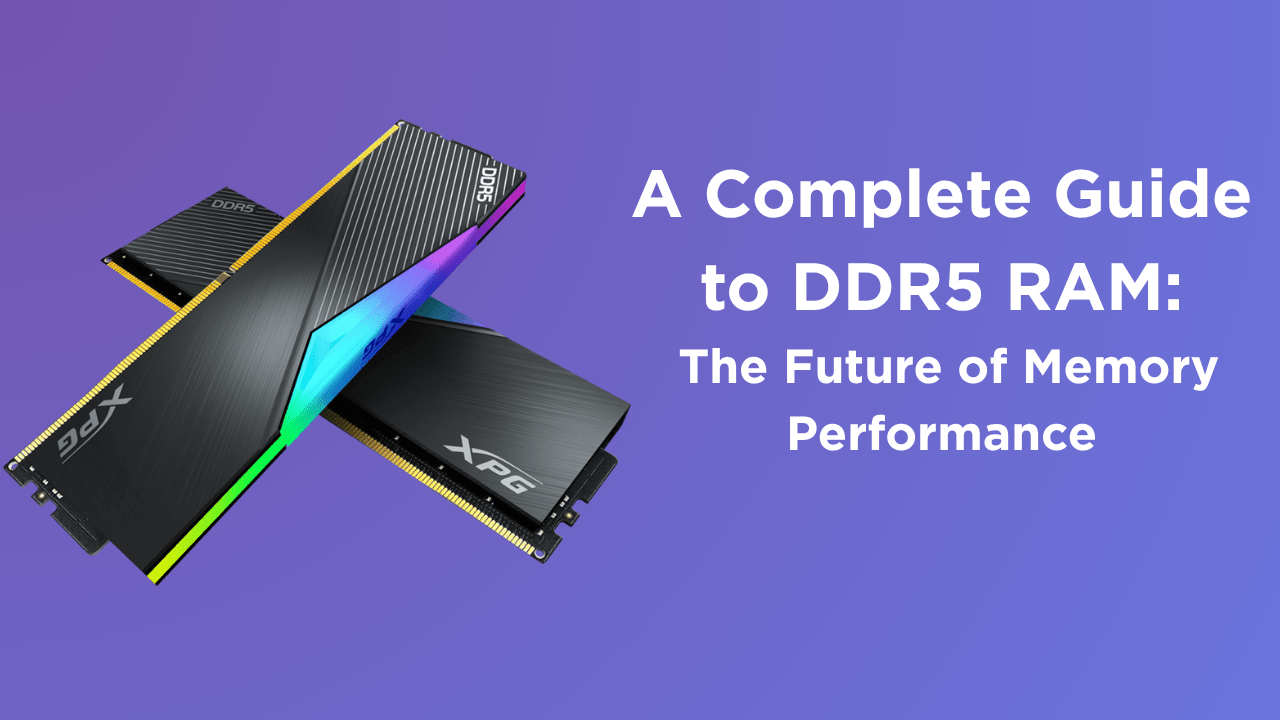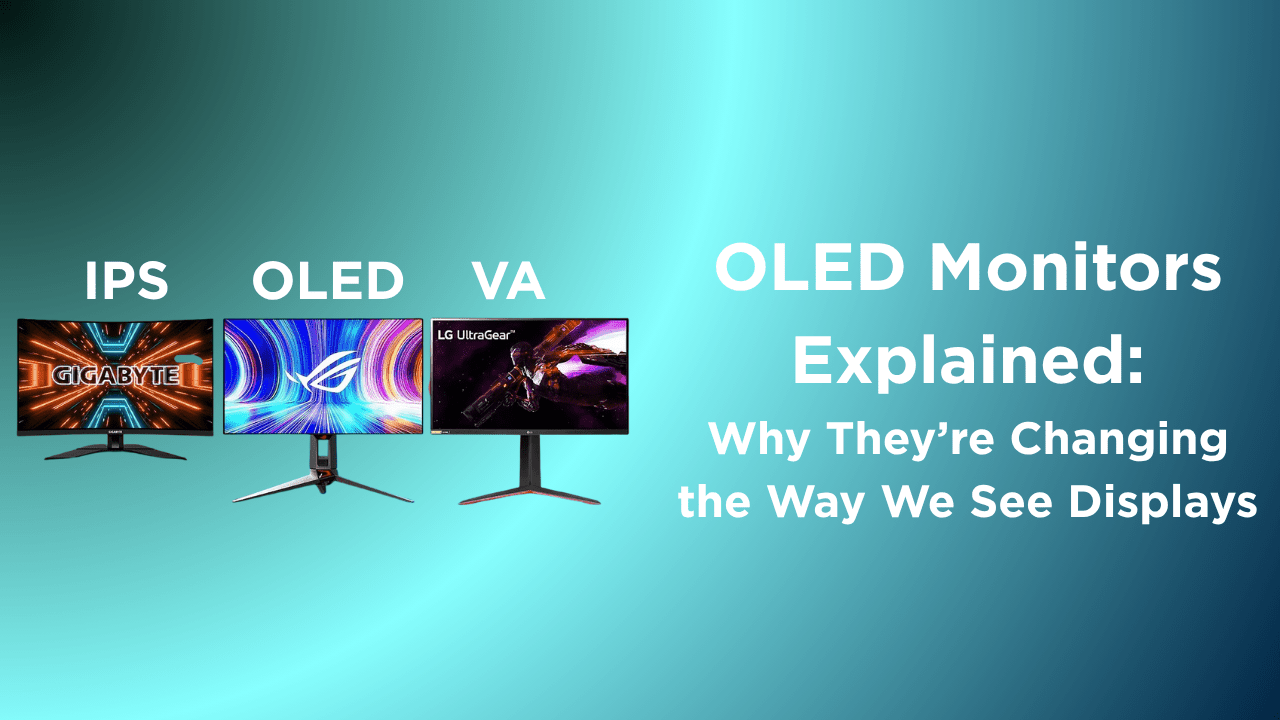PCIe NVMe SSDs have transformed how we think about storage, offering much faster speeds than traditional SATA drives by using the PCIe interface and the NVMe protocol. These drives connect directly to your motherboard and deliver high-performance data transfer with minimal latency, making them ideal for everything from gaming to professional content creation. Over the years, PCIe has evolved through several generations, each improving speed and efficiency significantly.
PCIe Gen 3 was the first widely adopted generation for NVMe SSDs, offering solid performance at the time. These drives can reach read speeds of up to about 3,500MB per second, which is still more than enough for everyday computing and even light gaming. As technology progressed, PCIe Gen 4 arrived, doubling the available bandwidth and enabling speeds that exceed 7,000MB per second. This generation became a favorite for gamers and creators who wanted faster load times, smoother workflows, and better multitasking performance.
The latest advancement, PCIe Gen 5, takes things even further. With another doubling of bandwidth, Gen 5 SSDs now deliver read speeds over 14,000MB per second in some models. This level of performance is particularly valuable for professionals working with massive files, real-time 3D rendering, or AI applications, where every second saved matters.
Even though Gen 5 offers the fastest speeds yet, it is still a premium option that many users may not fully take advantage of yet. For most gamers and general users, Gen 4 strikes the best balance of speed, affordability, and wide compatibility. Gen 3, while older, is still perfectly serviceable for basic tasks, budget-friendly builds, and systems that don’t support the newer standards.
One of the advantages of PCIe is that it’s backward compatible, so a Gen 5 SSD can still work in a Gen 3 or Gen 4 system, though it will operate at the lower speed that the motherboard supports. This gives you some flexibility if you plan to upgrade your motherboard later and want to future-proof your storage now.
Ultimately, the choice comes down to your needs and budget. If you mostly browse, stream, and play less demanding games, Gen 3 may be enough. If you’re gaming on modern titles or creating content, Gen 4 offers excellent performance without breaking the bank. If you’re a professional dealing with the heaviest workloads or simply want the absolute fastest speeds available, Gen 5 is worth considering.
No matter which generation you choose, PCIe NVMe SSDs offer a huge leap over older SATA technology. With faster boot times, quicker file transfers, and better responsiveness, they’re one of the best upgrades you can make to any PC.



